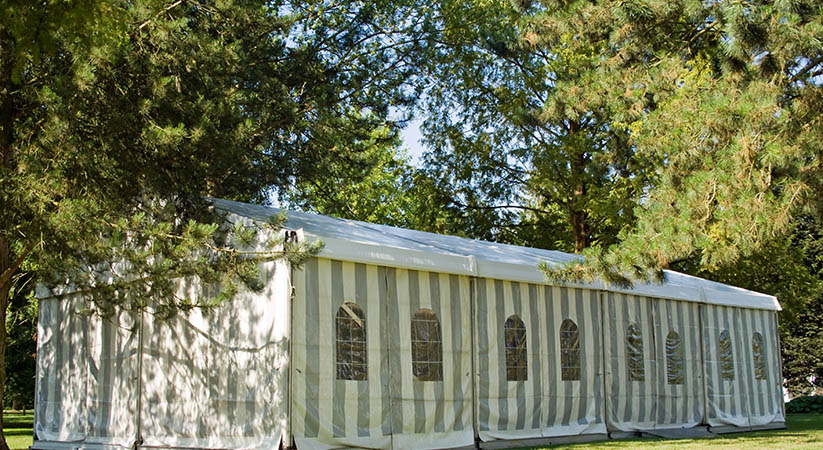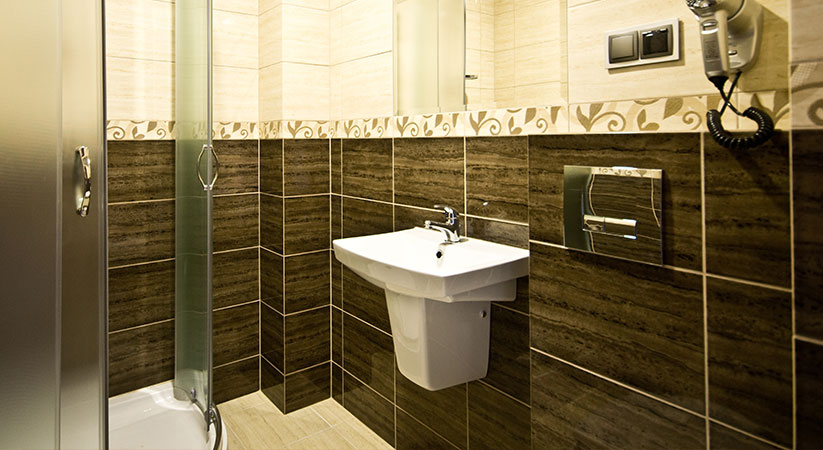When it is freezing outside, the only thing keeping you warm inside is your furnace. However, the furnace does not function alone but with the help of several components such as the thermostat that helps keep the temperature in check. More often than not, thermostats turn problematic and can become a headache until heating repair services fix it. So, in this article, we are going to discuss some troubleshooting tips that will help you fix or replace your furnace’s thermostat. Let’s begin!
Replace The Batteries Of The Thermostat
If you own a furnace that did not come with a thermostat and have installed it afterward, you should know that it is the batteries inside that make the thermostat function. These batteries will run for a limited time period and will need replacement.
So, if you notice that your thermostat is blank and is not showing any readings, it does not necessarily mean that the thermostat is at fault. It might simply need a battery replacement.
Check The Circuit Breaker
If the thermostat of your furnace is powered by electricity, it won’t be needing any batteries. In this case, the thermostat will be receiving power directly from the circuit breaker. Therefore, check the circuit breaker first before inspecting the thermostat. If it has tripped or trips frequently, the thermostat won’t perform properly.
Simply open the breaker box and find out which breaker is for your thermostat or furnace. After the identification, you will need to turn the breaker off and on again. And if that does not solve the issue, check for a blown fuse.
Check Thermostat Programming
If you observe that the thermostat has suddenly begun acting fishy, it might be that the problem is with the programming. The thermostat needs to be programmed properly in order for it to work with the furnace. However, the problem here is that programming a thermostat is complicated for someone who doesn’t know which mode is right for your heating system.
In this case, get help from the user’s manual. The manual will provide instructions on how to adjust the settings according to your needs. What the majority may not know is that thermostats work with different types of heating and cooling equipment. But that will only lead to your bills skyrocketing as the same thermostat for the furnace and AC will result in competition against each other.
Ensure The Furnace Switch Is On
Some problems of furnaces or heating system can lead to thermostats issues. If you observe that the thermostat is not working, the problem might be with the furnace. The thermostat will only work when the furnace switch is on. If the switch is off, it won’t give power to the thermostats to work.
To make sure, locate the switch installed nearby the furnace, most probably on the wall. Make sure the switch is in the ON position.
Facilitate Air Flow
Another potential reason why your furnace’s thermostat may not be working the way it should is because of poor airflow. Keep in mind that airflow plays a significant factor in determining not only the quality of air but also how the heating and cooling system performs.
That said, if the airflow tends to be clogged, your furnace will struggle to provide hot air. In this case, the thermostat isn’t at fault. Therefore, you will need to make sure the furnace is not experiencing any obstructions.
Furthermore, while troubleshooting the issue, you should also check the furnace filter. If it has been a while since you cleaned or replaced the air filters, then your negligence may be at fault. If the filters do come out clogged, replace the furnace filter and see if that solves the issue.
Clogged air filters prevent the furnace from maintaining the set temperature. If the issue is ignored, the clogging will put the entire unit under stress and will impact its overall lifespan. So, do not be surprised if your recently purchased furnace starts developing problems.
Conclusion
That was all you needed to know about troubleshooting your furnace’s thermostat. If the situation seems complicated, get help from an HVAC repair service as you should avoid the risk of injury or damaging the components. topac









